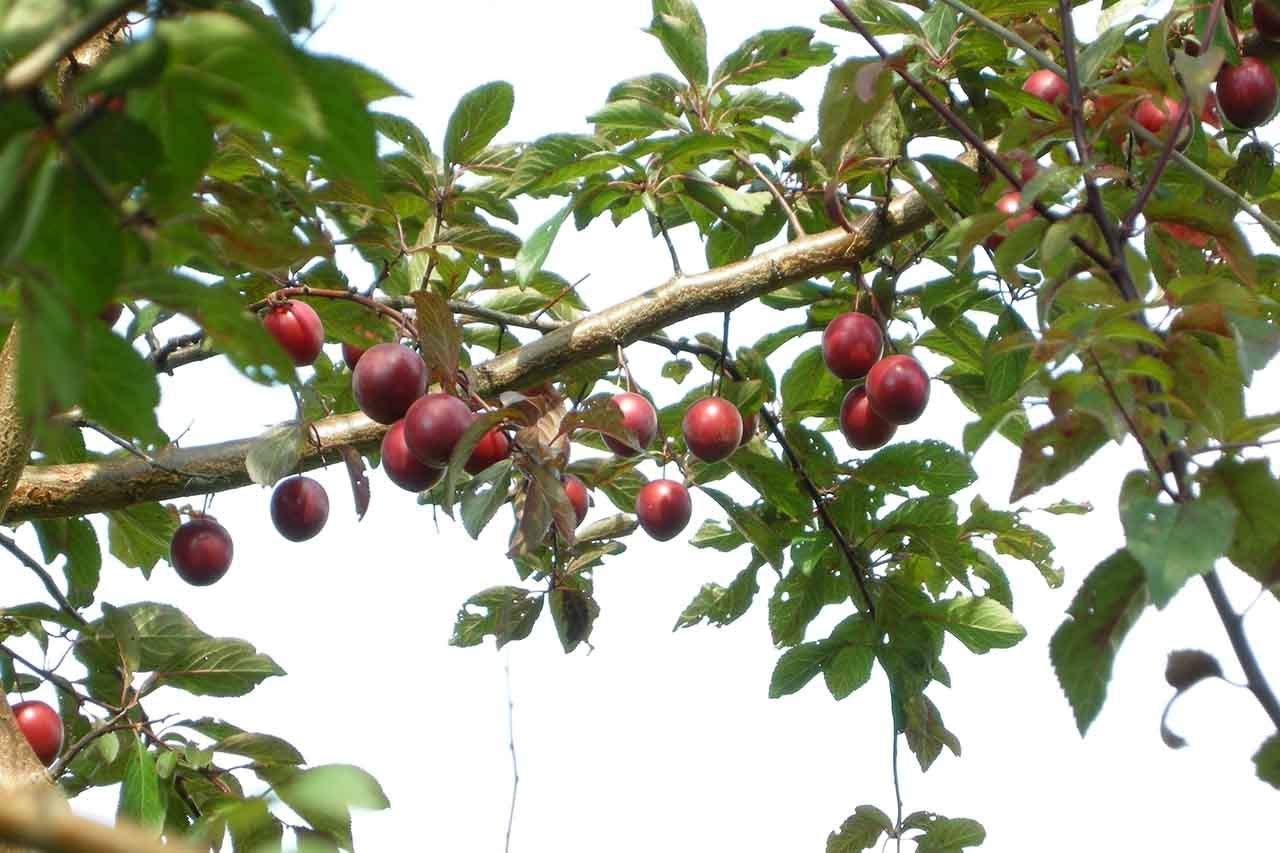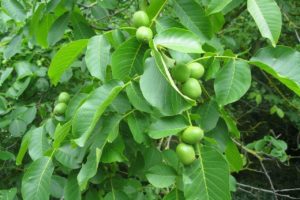Plum trees need soil with pH around 6.5-7. There are many different kinds of plums and their chilling needs may vary. But generally, they need cold temperatures about 30-40 degrees F (0-5 degrees C) for 50 days. Plum trees are very resistant to cold and they can survive in cold weather and longer winters up to 120 days.
Plum trees need to be watered once every 8-12 days. Mirabelle (also known as cherry plum) trees are more resistant to dry weathers than any other plum tree species. But all trees need more water during the ripening period. Moreover, Mirabelle trees can adapt to almost any soil type.
Plum trees need 20 feet x 20 feet spaces if you are planning to form an orchard. Fertilizing is not that important in the first 2 years of planting and plum trees have fibrous root system; therefore, they don’t need very deep soil, that means you can plant plum tree almost wherever you want as long as you provide proper soil. After your trees have grown up, fertilizing once every 3 years would be enough.
Since the depth of their root is short, the field must not be plowed very deep because that may harm roots of plum trees. Also, they cannot reach water in deep like other trees therefore, they need a bit more water than other trees, especially in summer.
Planting The Seed
You can use seeds that you obtain from local stores. Before applying any of these methods, you may crack the cover of seed gently – just a small crack, don’t smash it.
Plum seeds can be easily germinated. You may use a moist paper towel or you may simply plant it. After planting, it takes nearly 10-50 days for germination. Some types of plum seeds may take more than that (some species take 6 months to germinate), just don’t plant it very deep and stay away from frequent watering which kills seedling eventually.
If your germination attempts fail, just don’t get disappointed. Some plum species need 120 days stratification, you may use trial-error method by sacrificing one plum seed by planting it directly. If it doesn’t germinate within 8 months, you may keep them in the refrigerator for about 120 days for germinating.
Unfortunately, some plum seeds are so stubborn, they reject germinating no matter what you do. But we are more stubborn than simple seed, right?! If you really like the taste of that plum and want a tree of it, proper stratification is what you need. Use a jar or a pot and mix your seeds with moist soil (not wet) and seal it. Keep them in the refrigerator until germination.
After germination (luckily), choose a proper place for your seeds and plant them gently – very gently. Don’t plant them very deep (2 feet will be enough), they will find their way to sun. If outside is still cold and you don’t think they will get along with the weather, you can use large pots to plant them and place these pots near the window. You can plant them in your garden when warm spring days return.
Planting The Seedling
Before planting plum seedlings, their root must be pruned by cutting very long and curved roots. A small hole with 2 x 2 feet width and 2 feet depth would be enough. Watering after planting is vital as always even if it must be just a little amount. Pruning upper part of seedlings ensure short and broad tree which makes easier picking or harvesting.






